
Ultimate Guide to Building Your Own Vegetable Greenhouse for Maximum Yield
In recent years, the demand for fresh vegetables has skyrocketed, with reports indicating that the global vegetable market is expected to reach approximately $1 trillion by 2026. This surge in popularity emphasizes the importance of innovative farming solutions, and one method that stands out is the establishment of a Vegetable Greenhouse. Utilizing a greenhouse not only extends the growing season but also significantly boosts yield potential; studies show that greenhouse farming can produce up to 10 times the output of traditional farming methods.
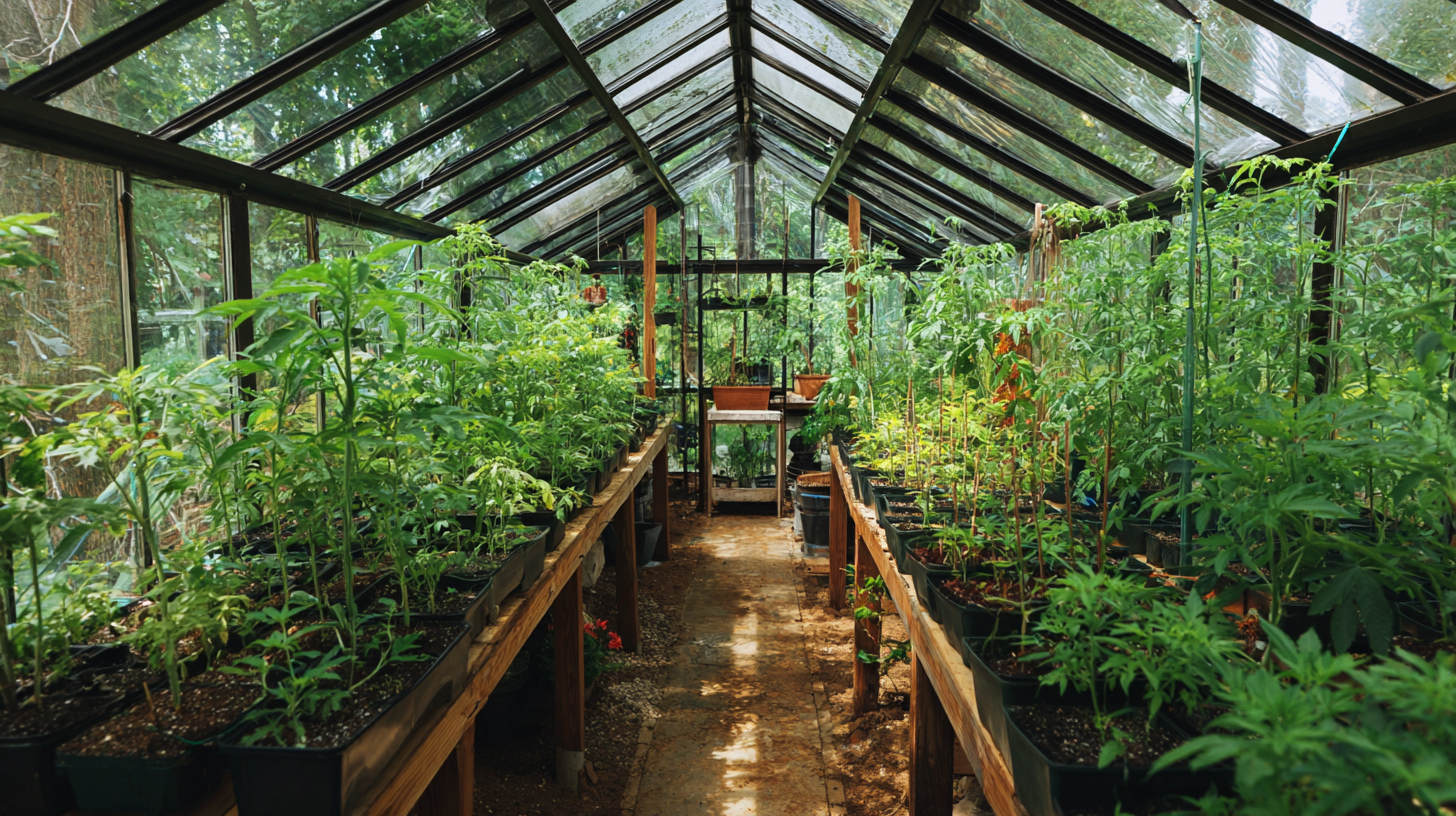
Additionally, by controlling factors such as temperature, humidity, and light exposure, growers can enhance crop quality and minimize pest issues. This ultimate guide will delve into the essential tips and strategies for building your own Vegetable Greenhouse, ensuring that you maximize your yield and enjoy the benefits of homegrown produce.
Choosing the Right Location for Your Vegetable Greenhouse: Top Tips
Choosing the right location for your vegetable greenhouse is crucial to maximizing yield. First, consider sunlight exposure; ideally, your greenhouse should receive at least six hours of direct sunlight per day. A south-facing position is often best, as it captures the sun's warmth throughout the day. Be mindful of any tall structures or trees nearby that could cast shadows, affecting the growth of your plants.
Next, think about accessibility and wind protection. Your greenhouse should be easily accessible for daily maintenance tasks like watering, harvesting, and ventilation. Additionally, placing it in a sheltered area can help reduce wind exposure, which can stress your plants and affect temperatures inside the greenhouse. If you don’t have natural windbreaks, consider constructing barriers with fences or shrubbery to help shield your crops from harsh weather conditions. By carefully selecting your greenhouse location, you set the stage for a flourishing vegetable garden that thrives all year round.
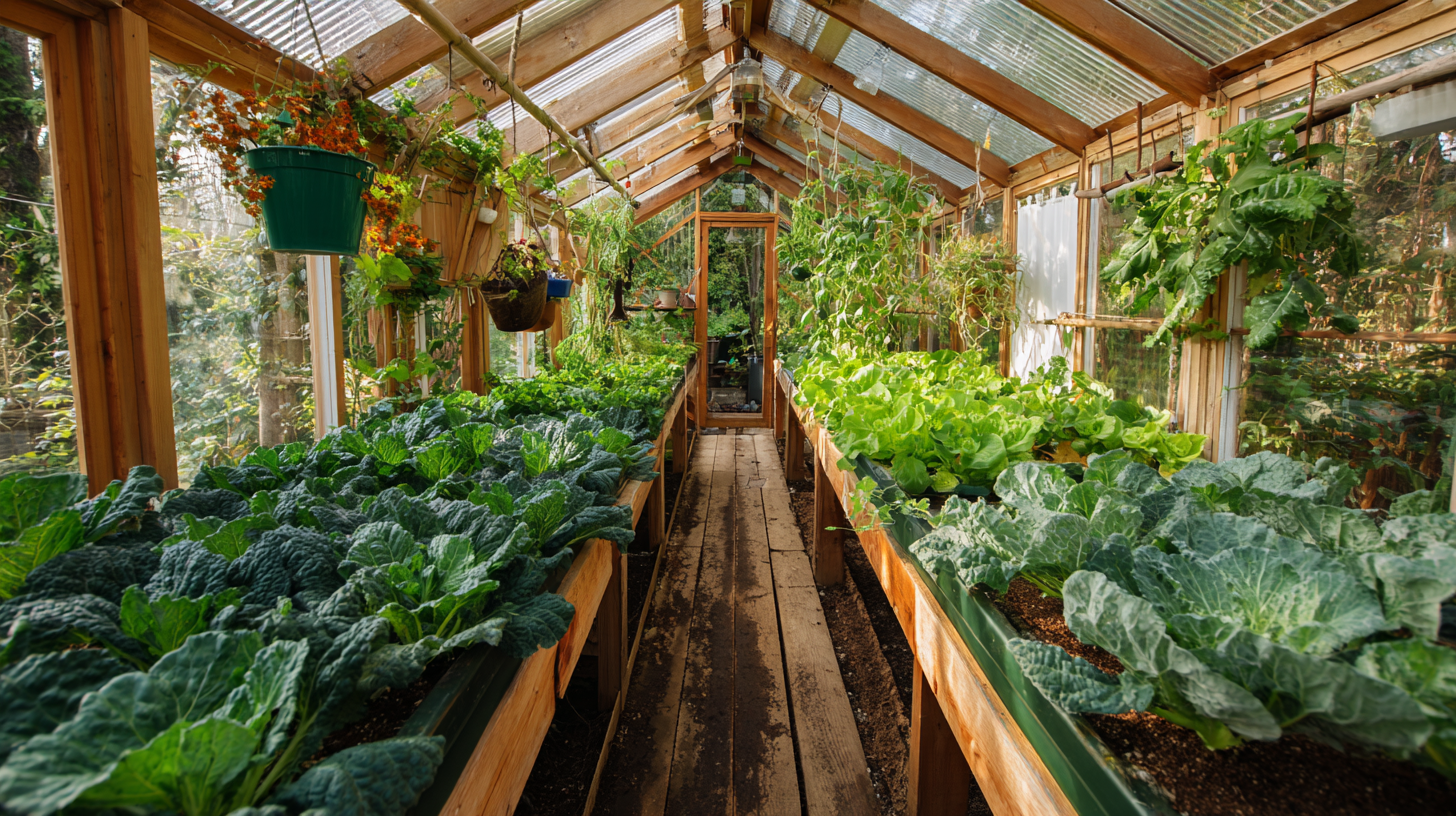
Essential Components of a High-Yield Vegetable Greenhouse: Must-Haves
When building a high-yield vegetable greenhouse, understanding the essential components is crucial for maximizing productivity and efficiency. One of the must-have features is a robust framework made from durable materials that can withstand various environmental conditions. This structure not only supports the greenhouse but also ensures proper ventilation and temperature management, which are vital for healthy plant growth. Additionally, incorporating modern technologies like photovoltaic modules can enhance crop growth while simultaneously harnessing solar energy. This agrivoltaics approach allows for better microclimate management, promoting healthier yields.
Another critical element is the choice of planting systems within the greenhouse. Vertical gardening techniques and hydroponics can significantly boost space efficiency, enabling more plants to thrive in a smaller area. Moreover, nurturing a diverse range of vegetables can provide a wide array of nutritional benefits. Recent studies have highlighted the declining nutrient content in popular vegetables; therefore, growing your own can regain some of those lost nutritional values. By focusing on both the quality and variety of plants grown, your greenhouse can become a powerful source of fresh produce, contributing to your overall health and well-being.
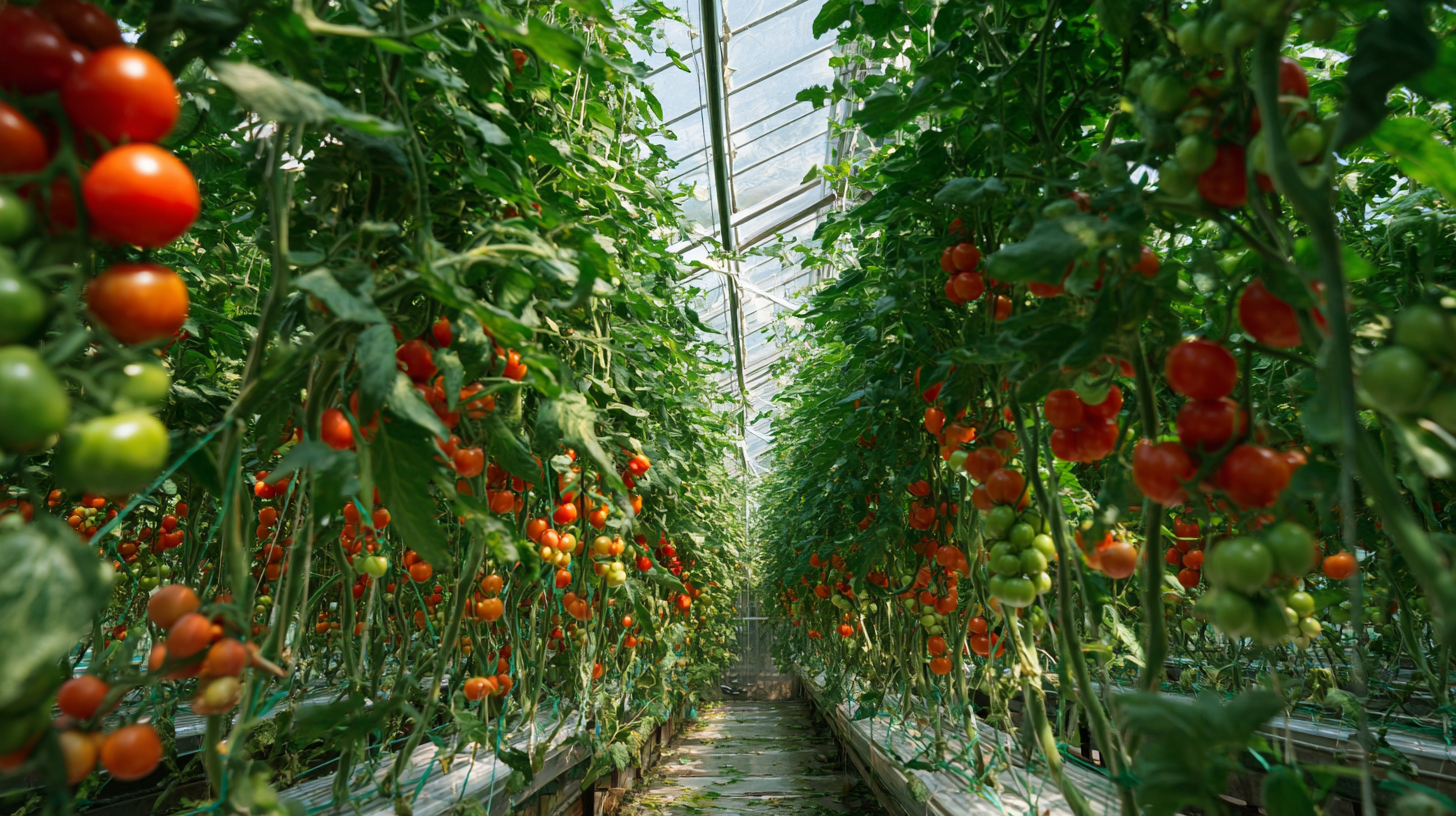
Best Materials for Building a Durable and Efficient Greenhouse
When it comes to building a durable and efficient greenhouse, the choice of materials is critical, especially in the context of rising natural resource scarcity and climate change. Selecting sustainable materials not only reduces the embodied carbon footprint associated with the lifecycle of these products but also contributes to the overall efficiency of the greenhouse. For example, using reclaimed wood or recycled metals can minimize the demand for new resources while providing structural integrity and longevity. Additionally, insulating materials that enhance energy efficiency—such as triple-wall polycarbonate—are essential for maintaining optimal internal temperatures, reducing the need for excessive heating, thereby lowering fossil fuel energy consumption.
Moreover, as the pressure grows to construct buildings, including greenhouses, that meet sustainability standards, integrating renewable energy sources becomes vital. Utilizing semi-transparent photovoltaic systems can enhance energy autonomy, allowing growers to tap into clean energy while simultaneously harnessing sunlight for plant growth. By prioritizing such innovative materials and technologies, greenhouse builders can create environmentally responsible structures that yield high productivity while mitigating their impact on the planet. This holistic approach ensures that the growing demands of agriculture do not exacerbate the already significant greenhouse gas emissions tied to the construction sector.
Optimal Growing Conditions: Best Practices for Temperature and Humidity Control
Creating an optimal environment inside your vegetable greenhouse is crucial for maximizing yield. Temperature and humidity control are two of the most important factors that influence plant growth. During the day, a temperature range of 70-80°F (21-27°C) is ideal for many vegetables. Use thermometers to monitor these conditions regularly, and consider installing automatic venting systems to prevent overheating during hot days.
Humidity also plays a significant role in plant health; ideally, maintaining a relative humidity of around 60-70% will support robust growth while mitigating the risk of mold and mildew. To achieve this, consider investing in a hygrometer to monitor humidity levels accurately. Adding a misting system can be an effective way to increase humidity during dry periods; alternatively, proper ventilation can help decrease humidity when necessary.
Additionally, utilize shade cloths during the hottest part of the day to protect sensitive plants from excessive heat and light. Implementing these best practices will help create the ideal conditions for your vegetables to thrive, ensuring a bountiful harvest throughout the growing season.
Maximizing Your Harvest: Effective Crop Rotation and Companion Planting Techniques
When it comes to maximizing your harvest in a greenhouse, effective crop rotation and companion planting techniques play crucial roles.
Crop rotation not only helps in maintaining soil fertility but also reduces the risk of pests and diseases. By alternating your crops each season, you can disrupt the life cycles of pests that have adapted to specific plants. For example, following legumes with leafy greens can enhance nitrogen levels and promote healthy growth.
Companion planting takes this a step further by utilizing the natural relationships between plants. Certain pairings, like tomatoes and basil, not only improve growth rates but also enhance flavor and deter pests. Use plants that complement each other, such as planting marigolds alongside vegetables to repel aphids and nematodes.
Tips: Rotate your crops yearly to prevent nutrient depletion, and always keep a planting journal to track what you planted where. Additionally, consider incorporating herbs and flowering plants to attract beneficial insects that aid in pollination and pest control. Implementing these techniques will not only boost your yield but also create a more resilient greenhouse ecosystem.
Related Posts
-

Top Strategies for Optimizing Your Vegetable Greenhouse Efficiency
-
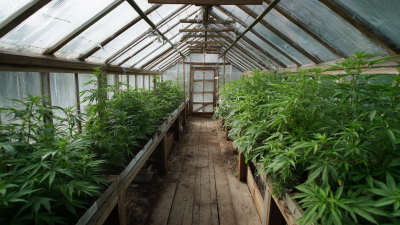
7 Surprising Benefits of Investing in a Blackout Greenhouse for Your Plants
-
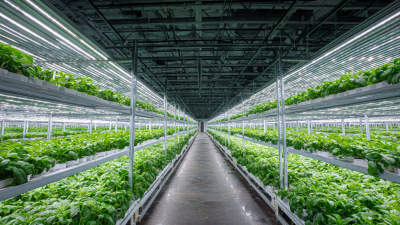
7 Reasons Why the Best Light Deprivation Greenhouse Will Transform Your Cultivation Business
-
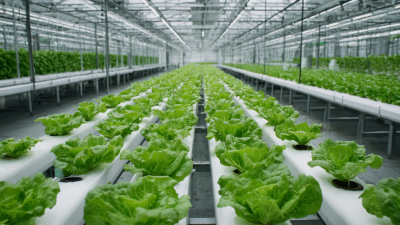
Innovative Examples of Hydroponics Systems Transforming Global Agriculture
-

Explore the Future of Hydroponic Greenhouses at the Upcoming Canton Fair 2025
-

Transform Your Harvest with Best Light Deprivation Greenhouse Successful Applications in Agriculture
